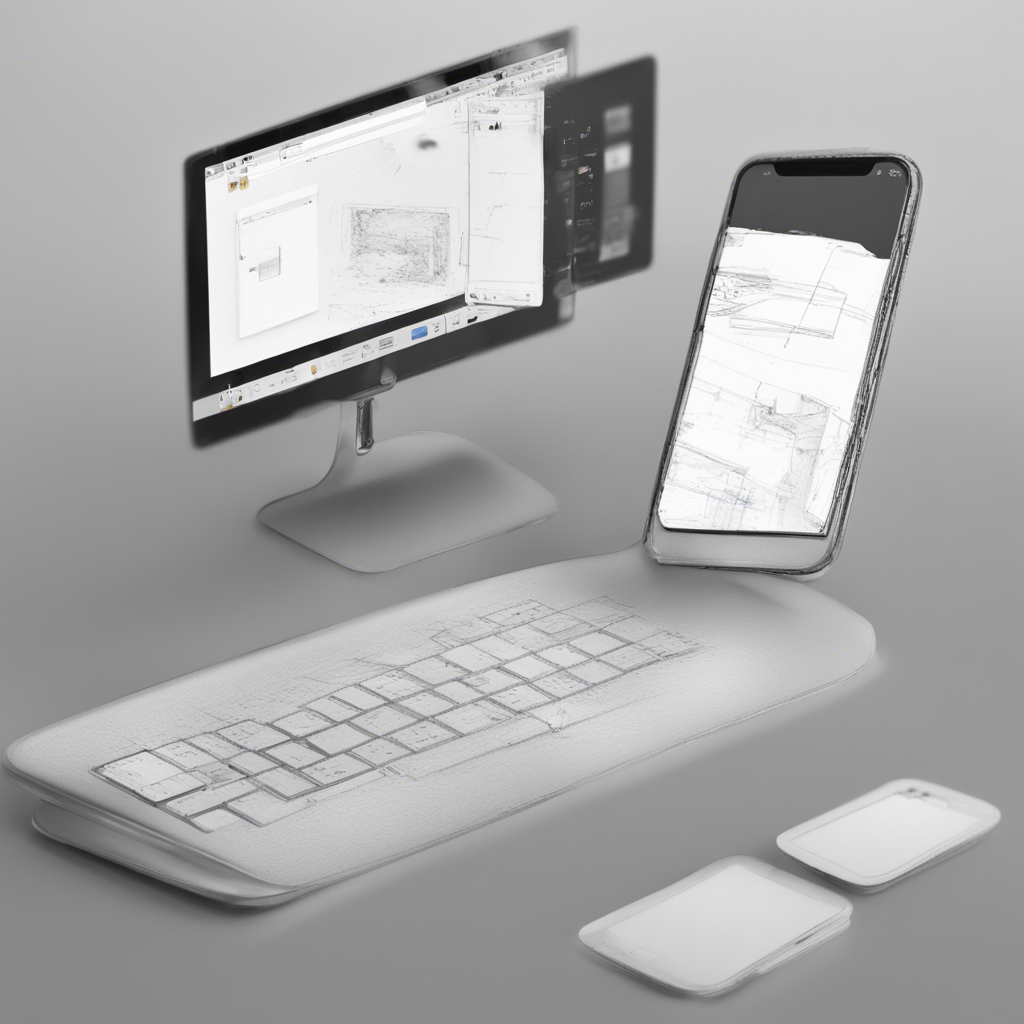
Tableau has emerged as one of the leading data visualization tools in the industry today. It empowers organizations and individuals alike to transform complex datasets into meaningful visual representations, enabling better understanding, analysis, and decision-making. In this blog post, we will take a deep dive into the world of data visualization with Tableau, debunking common myths associated with this powerful software.
Myth 1: Tableau is Only for Data Experts
One common myth surrounding Tableau is that it is too technical and can only be used by data experts or analysts. However, Tableau’s user-friendly interface and intuitive drag-and-drop functionality make it accessible to users with varying levels of technical expertise. Whether you are a data professional or a business user, Tableau offers a seamless experience for visualizing data without requiring extensive coding skills.
Myth 2: Tableau is Only for Big Datasets
Another misconception is that Tableau is only useful for working with large datasets. While Tableau is indeed capable of handling big data, it is equally effective for visualizing smaller datasets. In fact, Tableau’s strength lies in its ability to quickly connect to a wide range of data sources, allowing users to explore and visualize any size of dataset seamlessly. Whether you are analyzing a few hundred rows or millions of records, Tableau provides powerful visualization tools to tell compelling stories from your data.
Myth 3: Tableau is Limited to Basic Visualizations
Some people believe that Tableau is only suitable for creating basic visualizations, such as bar charts and pie charts. However, Tableau offers a vast array of visualization options that go far beyond simple charts. With its extensive library of built-in visualizations, users can create complex and dynamic graphs, maps, scatter plots, heat maps, and more. Tableau’s rich set of features, including filters, drill-down capabilities, and interactivity, allows users to dig deeper into their data and uncover valuable insights.
Myth 4: Tableau is Expensive
While Tableau offers various pricing options, including enterprise-level licenses, there are also more affordable options available. Tableau Public, for instance, is a free version that allows users to create interactive visualizations and share them with the public. Additionally, Tableau offers personal and student licenses at a lower cost, making it accessible to individuals and students who wish to explore data visualization. The value that Tableau provides in terms of data exploration, analysis, and decision-making outweighs the cost, making it a worthwhile investment for many.
Myth 5: Tableau Requires Lengthy Training
Some believe that mastering Tableau requires extensive training and a significant time investment. While formal training can certainly enhance your Tableau skills, the software itself offers a user-friendly interface accompanied by comprehensive documentation and an active user community. Tableau’s official website provides numerous video tutorials, documentation, and live webinars, catering to users of all levels. The abundance of online resources and Tableau’s intuitive design means users can quickly start exploring and creating visualizations with minimal training.
Conclusion
Reiterating the significance of Tableau as a data visualization tool, we have debunked common myths surrounding its usage. Tableau is not just for data experts; its user-friendly interface makes it accessible to users of all technical levels. It is not limited to big datasets, as it seamlessly handles data of all sizes. Tableau’s visualization capabilities extend far beyond basic charts, enabling users to create insightful and dynamic visual representations. It offers various pricing options, making it feasible for individuals and organizations with different budgets. Lastly, while training can be beneficial, Tableau’s intuitive design and abundant online resources ensure users can dive into visualization quickly.
In conclusion, Tableau is an invaluable tool for visualizing data effectively and extracting actionable insights. By breaking through these myths, we hope more individuals and organizations can harness the power of Tableau to unlock the full potential of their data.
References:
- Tableau Official Website: https://www.tableau.com/
- Tableau Public: https://public.tableau.com/
- Tableau Training Resources: https://www.tableau.com/learn/training
- Tableau Community: https://community.tableau.com/
Please note that this blog post serves as a comprehensive guide to debunking common myths associated with Tableau. It does not delve into specific Tableau techniques or use cases, which can be explored in more specialized Tableau tutorials and resources.






